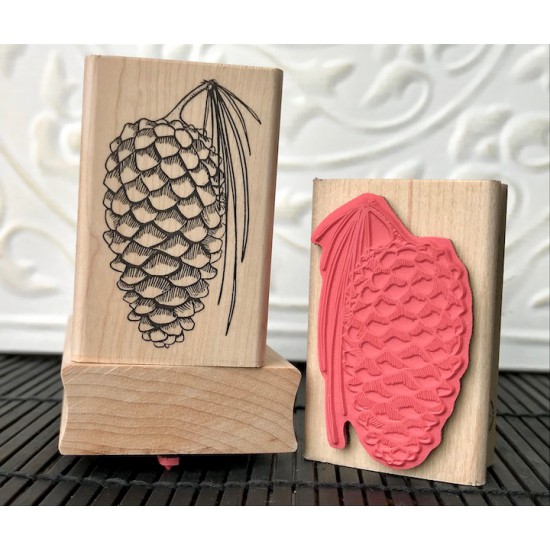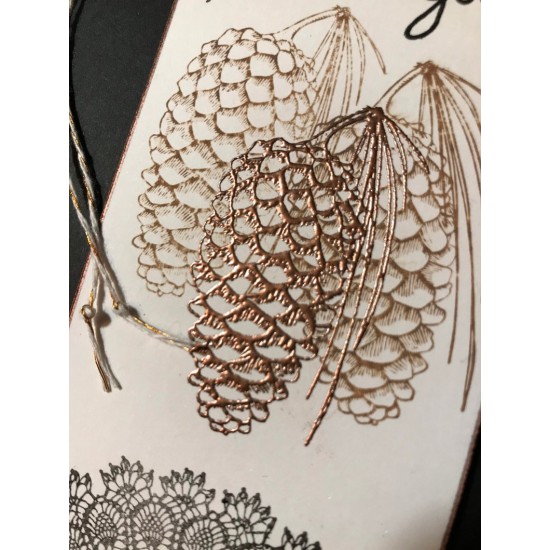Prices are shown in Canadian Dollars


Aside from their decorating uses, pine cones play an important role in nature. Like all plant parts, they have a very specific function in the plant world.
Here are some fun facts about pine cones you might not know;
Pine cones only come from pine trees, although all conifers produce cones.
Pine cones and pine trees belong to a group of plants called gymnosperms and date back to prehistoric times.
Gymnosperms are a group of plants who have naked seeds, not enclosed in an ovary.
The main function of a pine cone is to keep a pine tree’s seeds safe.
Pine cones close their scales to protect the seeds from cold temperatures, wind and even animals that might try to eat them.
Pine cones open up and release their seeds when it is warm and it is easier for the seed to germinate.
Some pine cones, like that of the Jack Pine, need a fast hot fire to open and release their seeds. This is called the Jack Pine ecosystem.
Pine cones can stay on tree for more than 10 years before dropping to the ground.
All conifers produce male and female cones. Sometimes on the same tree, sometimes not. The pinecones we see are only the female cones. The male cones are much smaller and not showy. You may have never noticed them. The male cones release pollen, which drifts into the air and eventually finds and fertilizes the female cones.
Pine nuts come from pine cones.
Only 20 varieties of pine tree worldwide produce cones with large enough pine nuts for harvesting.
Pinyon Pines, Pinus edulis (which only grow between 6,000 and 9,000 foot altitudes), offer the finest pine nuts in North America. Pinyon pines are native to the desert mountains of California, east to New Mexico and Texas, and north to Wyoming.
The second part of Pinyon Pine's botanical name, edulis, means "edible" in Latin. It refers to the tasty seeds produced in its 2-inch, roundish, light brown cones that grow in clusters on very mature trees.
Pine nuts are a good source of thiamine (B1), Vitamin K, magnesium, and protein. They are also one of the best natural sources for manganese, phosphorus and zinc.
The pineal gland in the brain is named after pinecones because of it’s shape. The pineal gland controls our body’s perception of light, as well as our wake and sleep patterns. It has long been considered our biological “third eye” and “the epicenter of enlightenment.”
Pine cones have been exalted in religious imagery for thousands of years.
Ancient Romans also associated pine cones with Venus, Goddess of love and fertility.
Block size: 1.5" wide by 2.5 high
- Stock: Available
- Model: 1089-B
